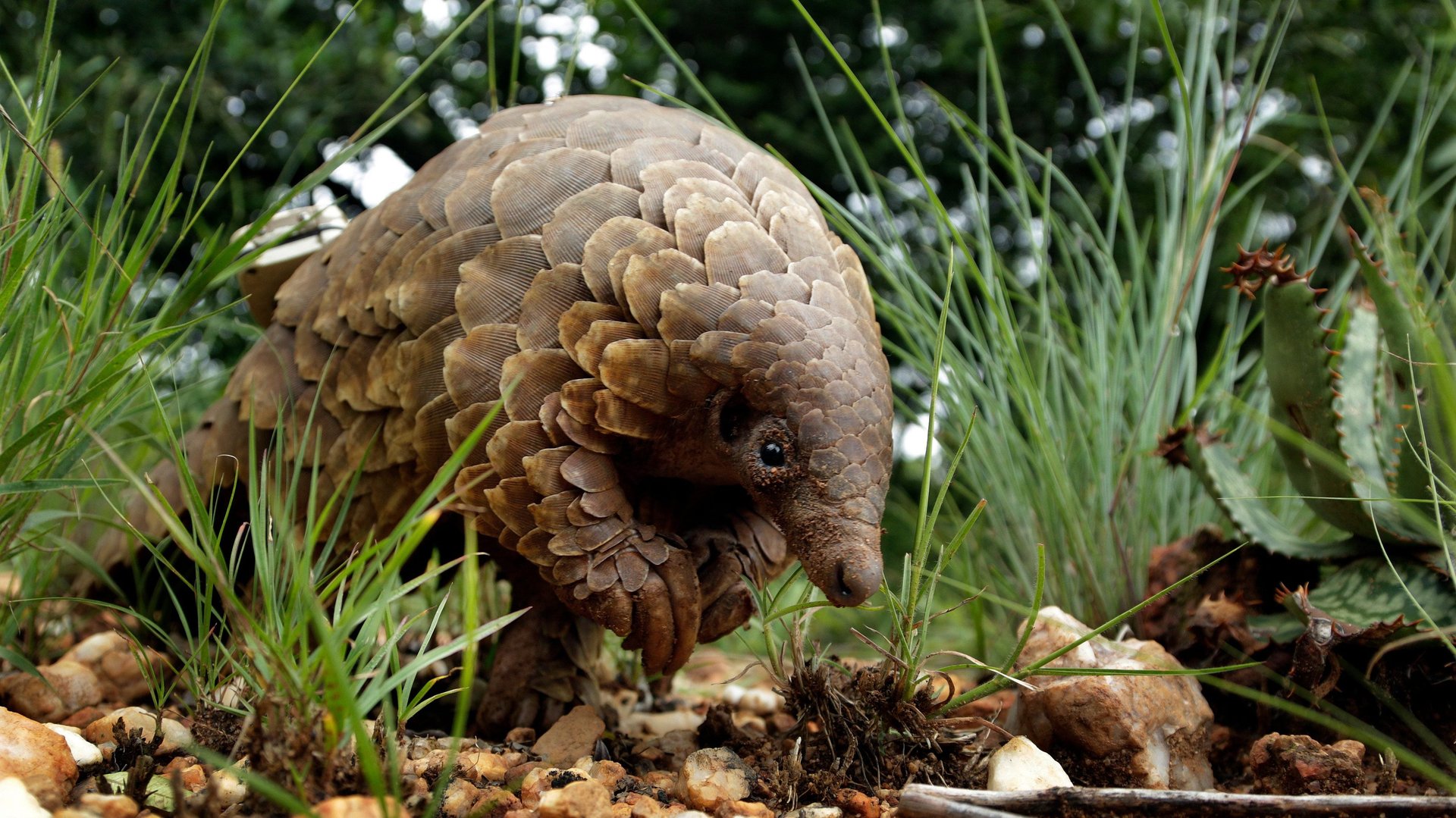Scientists say the pangolin endangered by Chinese smuggling may have passed the coronavirus to humans
Before now news stories about pangolins, endangered ant-eating scaly mammals found in West and Central Africa and Asia, have focused on how China’s insatiable thirst for their meat and scales has led to a rapid decline in its global population.


Before now news stories about pangolins, endangered ant-eating scaly mammals found in West and Central Africa and Asia, have focused on how China’s insatiable thirst for their meat and scales has led to a rapid decline in its global population.
The recent news linking the animal to China may change this trend as pangolins have been reported to have likely transmitted to humans the novel coronavirus that has caused the death of over 1,300 people in mainland China.
The pangolin was reported to be the most likely intermediate host from which humans contracted the novel coronavirus. The pangolin-vector claim was made public on Feb. 7 by researchers at South China Agricultural University who said they found the genome sequence of the coronavirus separated from pangolins to be 99% identical to that collected from infected people.
The team which did the research found the pangolin to be the most likely intermediate host after analyzing over 1,000 metagenome samples of wild animals. However, the study has not been published and so has not gone through the usual peer review for verification. The report is also inconclusive and at the moment is only viewed as a suggestion.
Though coronavirus researchers are waiting for the publication of the research before they can come to any significant conclusions, this is not the first time the pangolin has been reported as a possible source of human coronavirus infection. In October, before the coronavirus epidemic, Chinese researchers reported that a coronavirus was found in pangolins and that it may be capable of crossing over into other mammals.
Scientists had earlier suspected that the novel coronavirus originated from bats, similar to SARS-CoV, Middle Eastern respiratory syndrome coronavirus (MERS-CoV), and Ebola, among others. The research published also by Chinese researchers had found the novel coronavirus is 80% similar to SARS-CoV identified in 2003 (also in China), and like SARS-CoV is suspected to have originated from a bat.
This similarity also suggests novel coronavirus may have an intermediary host that transmitted the virus from bat to human. SARS-CoV is suspected to have spread from bats to civet cats to humans and MERS-CoV from bat to camel to humans. Based on the XinhuaNet report the novel coronavirus is being suspected to have passed from bat to pangolin and then to humans, but as with the intermediary host, the origin of the new coronavirus is not yet fully understood.
The claim that the SARS-CoV-2 virus may have passed to humans by a pangolin to many didn’t come as a surprise. China has been in the news as the major consumer of pangolin which is smuggled in mostly from Africa. The massive demand for pangolin in China and Vietnam, where the animal is consumed as meat and their scales used for traditional medicine, has led to the decimation of the animal in these countries.
Though trade in pangolin meat and scales has been banned internationally, domestic sales of medicines containing pangolin scales are still allowed in China. Many of the first people to become infected by the coronavirus worked at a seafood and wild-animal market in the Chinese city of Wuhan, and the virus is thought to have first spread to humans there in December.
As China has become a global economic powerhouse over recent decades, Chinese demand for African mammals for medicines and other products has had a significant impact in countries which have lax conservation laws. In recent years, rhino and elephant populations have been devastated in southern Africa, driven in part by demand for their horns and tusks.
Donkey populations have also been hit as gelatin from donkey skins is used in the traditional Chinese medicine ejiao. At least four countries in Africa have barred sales of donkey products out of concern that demand from Asia will quickly outstrip local supply.
Sign up to the Quartz Africa Weekly Brief here for news and analysis on African business, tech and innovation in your inbox